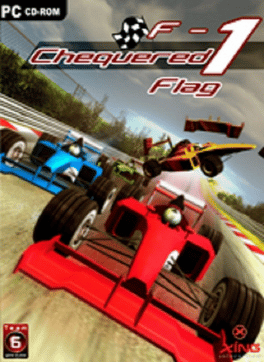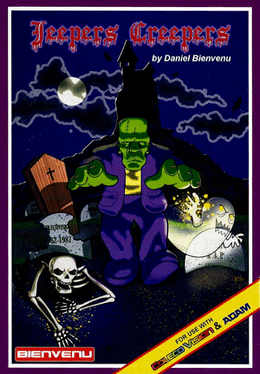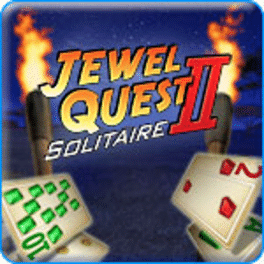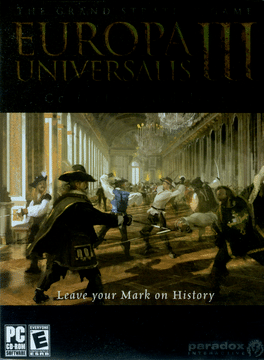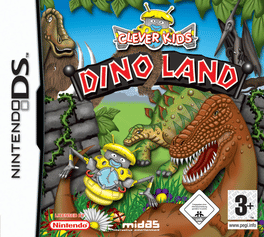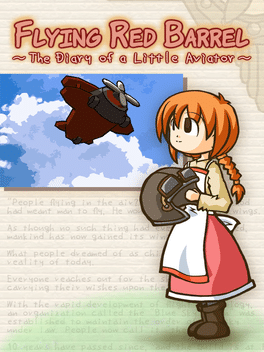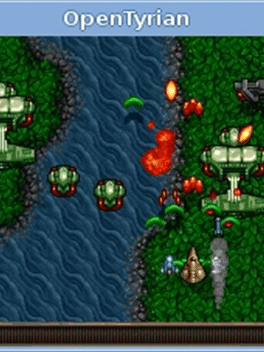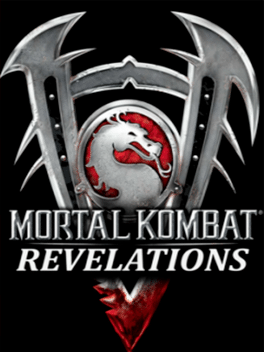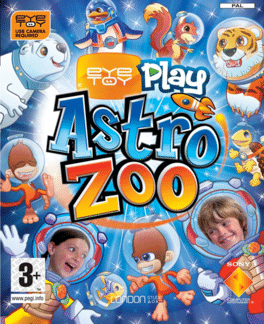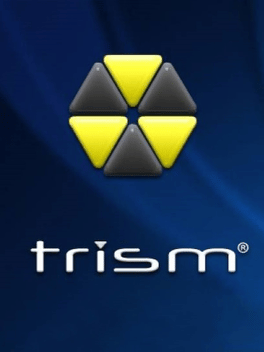New Games - Page 10020
-
Mirai no Kimi to, Subete no Uta ni
2007
A visual novel game developed by Supplement Time. "With You in the Future, and to All Songs" was first sold at Comiket 73. Its about the daily lives of the user and Vocaloid - Hatsune Miku. -
F-1 Chequered Flag
2007
-
Jeepers Creepers
2007
Jeepers Creepers
2007
It's Halloween Night and your girlfriend has been kidnapped by an evil wizard who wants to lump her into his undead bride! Armed with an unlimited supply of axes, you set out to rescue her, but you'll have to face hordes of skeletons, ghosts and green-skinned monsters! You must kill them all in order to progress towards the wizard's castle! Can you save your love? This is one halloween night you'll never forget! -
Mafiaens Hevn
2007
Mafiaens Hevn
2007
A norwegian browser based MMORPG with a mafia theme that focuses on strategy and teamplay. -
Sonic X
2007
Sonic X
2007
Sonic X is an educational game released for the Leapster handheld learning game system. It is based on the Sonic X anime. It is aimed towards children between the ages of five and seven and progress is made primarily through solving mathematical problems such as numerical ordering, addition and subtraction. -
Tank Combat
2007
Tank Combat
2007
Tank Combat is another title offering the opportunity to play the role of a tank commander. At the same time, it is worth noting that we are not dealing with a realistic simulation of the M1 Tank Platoon 2 type. -
Jewel Quest Solitaire II
2007
Rupert and Emma travel back to deepest Africa in this all new sequel to the ultimate card swapping, jewel matching adventure! -
Europa Universalis III: Collector's Edition
2007
This collector's edition contains the following: - Europa Universalis III - Audio disc with the game's soundtrack - Composer's diary, complementing the soundtrack - Full-colour strategy guide of more than 100 pages - Producer introduction to the game - Exclusive download content - Sizable poster map including all provinces. - Collectible stickers -
Clever Kids: Dino Land
2007
Clever Kids: Dino Land is a compilation of six prehistoric themed games aimed at a younger audience. Sprocket the robot guides the player through the games which range from putting together a dinosaur puzzle to using movement cards to guide a dinosaur through a maze. Along the way various bits of interesting trivia about dinosaurs is displayed on screen. -
101 Dino Pets: The Virtual Pet Game
2007
Choose from over 101 cute, adorable dinos - or simply adopt them all! You'll never be bored with so many new dino friends to groom, pamper, play with and love! Teach your dino to dance, jump, fly and more. Reward your pet with a treat after each trick! Enter your dino into pet shows and earn money to buy fun upgrades, including toys, food, furniture and more! Buy cute clothes and dress up your dinos in 3D! Zoom in, zoom out, tilt and rotate in real 3D. Watch your dino, up close and personal! -
Flying Red Barrel: The Diary of a Little Aviator
2007
star 7Flying Red Barrel: The Diary of a Little Aviator is an old-school bullet hell/STG game with multiple endings based on actions you take. -
Iron Kid
2007
Iron Kid
2007
Iron Kid is an Action game, developed and published by Daiwon C&A, which was released in Korea in 2007. -
Call of Duty 3: Gold Edition
2007
Expanding upon Call of Duty 3, the #1 shooter of 2006, Call of Duty 3 GOLD EDITION includes a bonus DVD of exciting content and a key code used to obtain an Xbox Live Marketplace Token for the Call of Duty 3 "Valor" Map Pack (consisting of 5 brand new multiplayer maps) for FREE. The follow-up to the #1 next-generation game, Call of Duty 3 delivers the intensity of being closer than ever to the fury of combat during the Normandy Breakout, the historic campaign that made the liberation of Paris possible and brought the Allies a step closer to Berlin. Through a seamless narrative that delivers the rush of unrelenting battle and breathtaking action, players assume the roles of four ordinary Allied soldiers American, British, Canadian and Polish and are thrust onto an authentic, living battlefield for an unprecedented variety of combat, with advanced high-definition graphics, detailed character animations and explosive on-screen action, delivering the most immersive and cinematically intense war experience ever. -
OpenTyrian
2007
OpenTyrian
2007
Tyrian is an arcade-style vertical scrolling shooter. The story is set in 20,031 where you play as Trent Hawkins, a skilled fighter-pilot employed to fight Microsol and save the galaxy. OpenTyrian is a port of the DOS shoot-em-up Tyrian. Jason Emery generously gave the OpenTyrian developers a copy of the Tyrian 2.1 source code, which has since been ported from Turbo Pascal to C. The port uses SDL, making it easily cross-platform. -
Mortal Kombat Revelations
2007
Romhack of Ultimate Mortal Kombat 3 for the Sega Genesis. It adds new characters, with a total roster of 50 playable characters. It also adds backgrounds, new moves, combos, finishing moves, and missing audio samples are restored. -
Singstar: Svenska Hits Schlager
2007
SingStar: Svenska Hits Schlager is a karaoke game featuring 30 songs by Swedish artists. There are no changes to the gameplay formula: player(s) sing into a microphone and the game gives points based on the performance. The only basis of assessment is if the correct note is hit with the correct timing; the sung words or octave does not play into the result. -
EyeToy Play: Astro Zoo
2007
A huge space comet made the Astro Zoo spin out of its orbit and sent the Jungle Pod, Polar Dome, Woodland Hub and Marine Bubble into a great big cosmic muddle! As the Space Zookeeper, it’s up to you to round up your animal friends and put everything right again – in time for tomorrow’s grand opening! Using your EyeToy Camera, players can engage in games include helping the animals find their spacesuits, going deep space sheep-shearing and herding the crocs back into their Astro tank! -
Salamander Portable
2007
Salamander Portable
2007
Salamander Portable is a compilation released in 2007 for the PlayStation Portable in Japan only. This compilation includes the two main Salamander titles, the Japanese arcade version of Life Force, as well as a enhanced port of the MSX-exclusive sequel Nemesis 2 and a port of the arcade title Xexex. -
Vector TD
2007
Vector TD
2007
Vector TD is a vector-themed tower defense game. Place your towers strategically and eliminate the incoming enemies. -
Trism
2007
Trism
2007
Trism is a puzzle game for the Apple iPhone developed by Demiforce LLC. The game and developer made the news for being a rags to riches story. The game makes use of the iPhone's built in accelerometer, and involves the sliding of colored triangular tiles called "trisms" in order to make matches of three or more. As soon as a match is made, the tiles disappear and, depending on the direction in which the iPhone is tilted, the gaps left behind will be filled.


